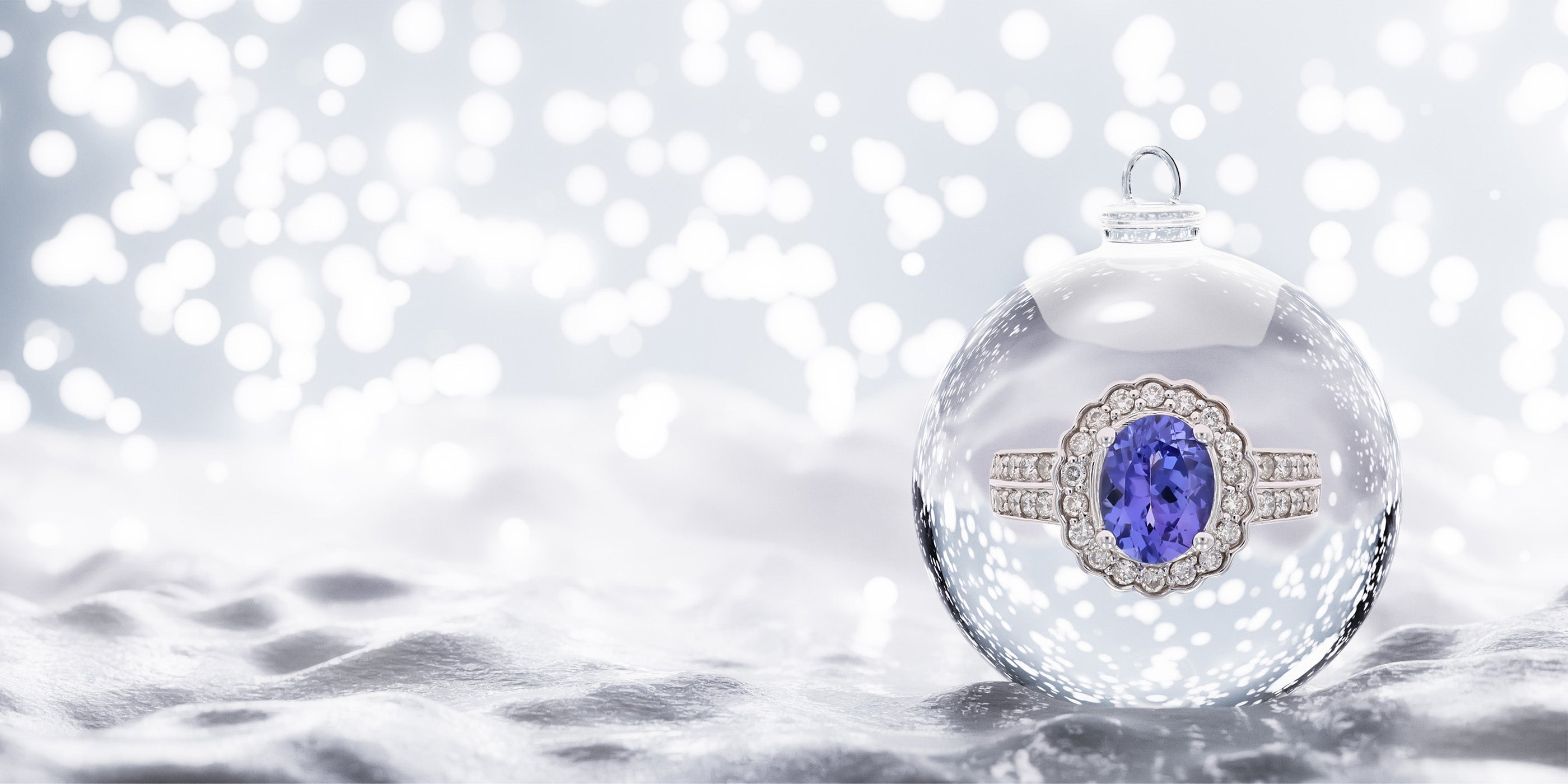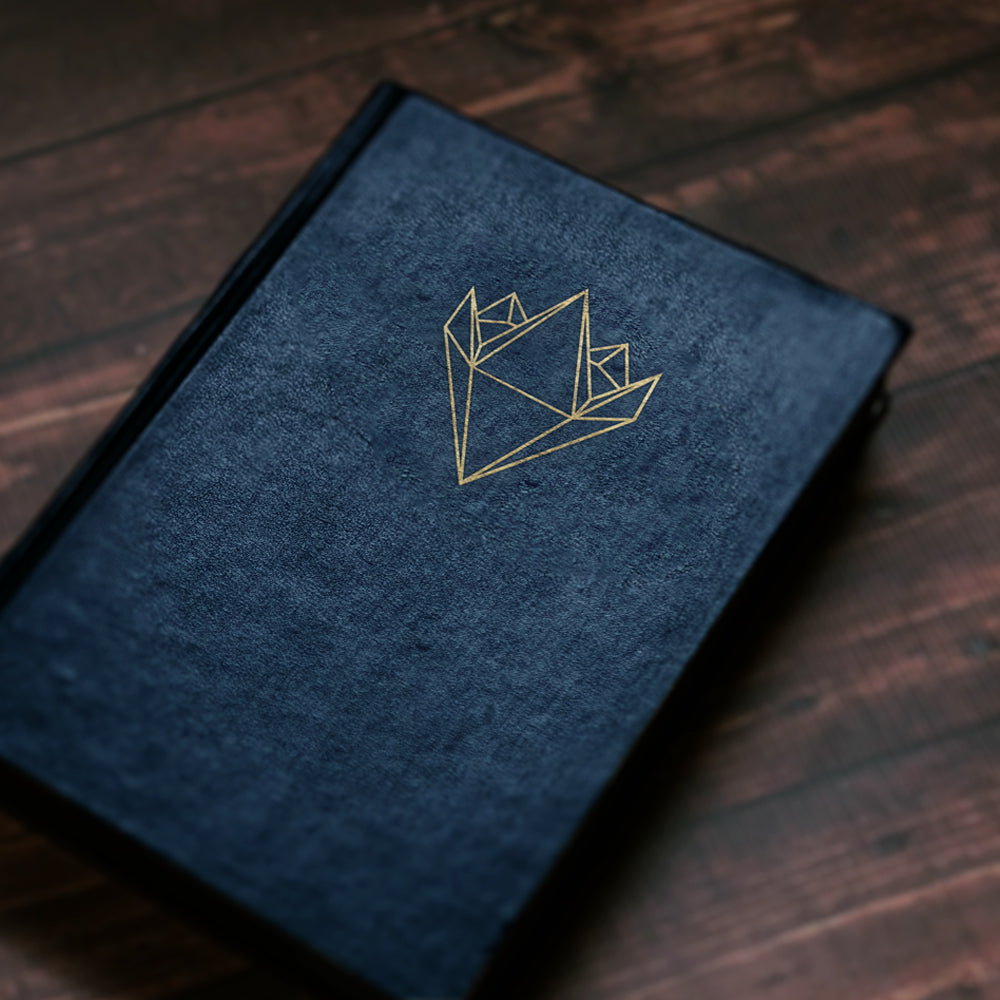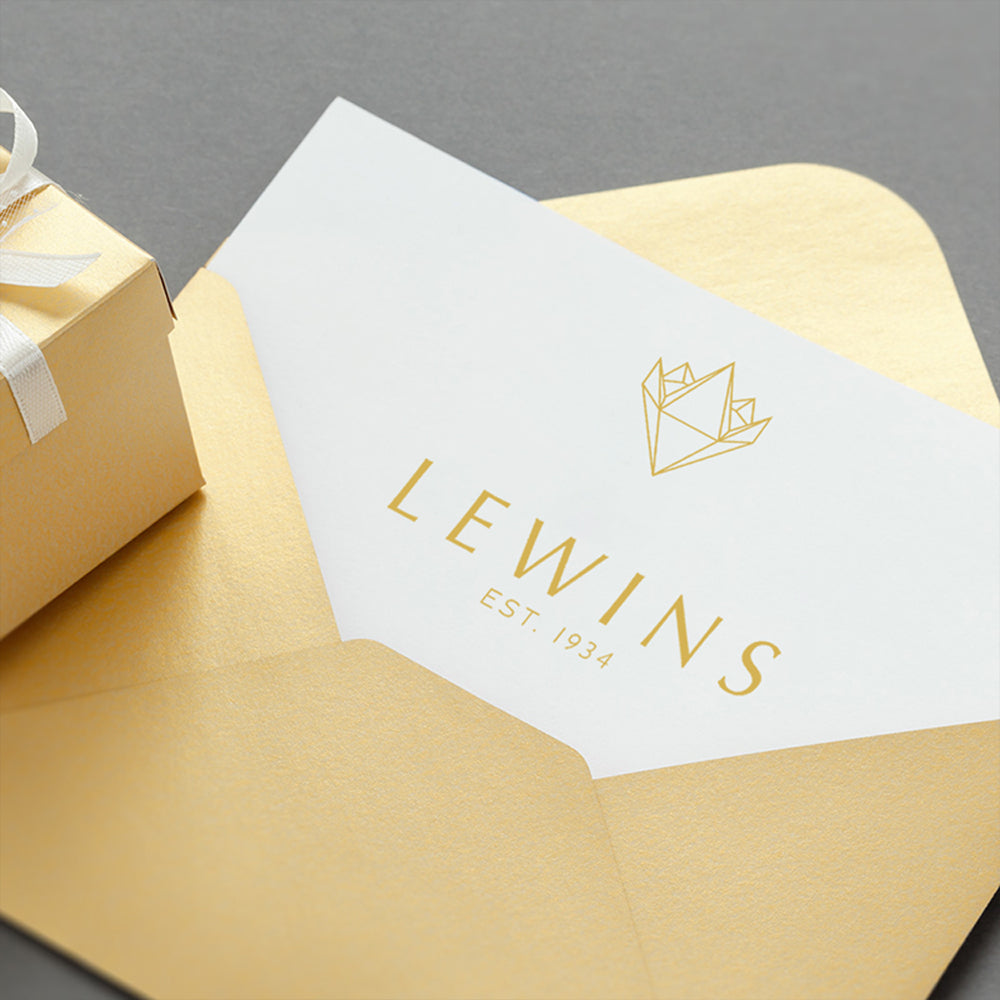This charm is crafted in 9ct yellow gold, featuring a single bezel set round mixed cut citrine. The charm comes with an open jump ring, which can versatilely be worn on an existing bracelet or necklace.
The charm is also available in; 9ct yellow, white or rose gold. This design can be; made-to-order, in the preferred metal of your choice. For prices and lead times, you can either fill out the enquiry form below, or contact us directly.
Jewellery Odyssey:
Charms have been around since pre-historic civilisations, as far back as the Neolithic Era. Crafted from bone, shell, wood and stone they were strung and worn as bracelets and necklaces. Ancient Egyptians used charms as talismans or amulets, and were embellished by the wealthy with gemstones. They believed that if buried with them, these precious charms would guide and transport them to a prosperous afterlife.
During the Roman Empire, charms became a religious symbol. A fish symbol (Ichthys) was a way for Christians to secretly identify themselves within strict Jewish societies. In the Middle Ages, whereby medieval superstitions and magic witchcraft and wizardry thrived. Charms were worn to ward off negative/evil spirits and to bring good luck.
Queen Victoria popularised the concept of a charm bracelet, by changing the meaning and symbolisation of charms to being sentimental and loving. The growing trend of charm bracelets saw a fresh revival, during the retro period, adorning the wrists of women, from all social backgrounds. The theme was unlimited and often illustrated the wearers identity such as: everyday items, animals, travel, novelties, sports, religion and discs with engraved dates or messages.
A tapestry of charms collected and clustered together on one bracelet, serves as a beautiful timeline of the wearer’s life.
Gem Lore:
Citrine - derives from the latin word ‘citrina’, which translates to ‘lemon’, alluding to the gemstones vivid, honey, yellow hue. In ancient times, the gemstone was known as the ‘merchants stone’ and it was believed that it could bring prosperity and wealth to the owner. The Egyptians were the first to discover Citrine and use the gemstone as a talismans. Citrine thrived during the Hellenistic period in ancient Greece and was frequently fashioned into stones, with engraved gods or goddesses. In addition, the ancient Romans associated the gemstone with Apollo, the god of the sun and light. Citrine is thought to symbolise success and hope.
Jewellery Care Precautions:
Avoid direct contact with: perfume, lotions, skincare, hairspray / other chemicals. Remove, your jewellery: when showering, swimming (as both chlorine and saltwater will react with metals), washing your hands / using hand sanitisers, before going to bed or when participating in physical activities (going to the gym, exercising, gardening, housework etc….).
Beware, metals may tarnish over time due to oxygen contact and natural body oils. Prevent items from being exposed to moisture and direct sunlight, for long periods. Store jewellery in a dry place away from humidity, in a pouch/jewellery box and keep each piece separated from each other. Care, for your jewellery by cleaning with a soft dry cloth.
Yellow Gold:
Gold as an element, in its purest form will not tarnish, but gold used in jewellery has been alloyed with other metals, to increase durability. These metals have properties that when in contact with oxygen, chemicals, oils or other substances - will result in a surface tarnish or damage and corrosion. Even the pH level of you skin and the natural oils it produces, can tarnish your gold jewellery.
To prevent your gold jewellery from tarnishing or even disintegrating, avoid exposure to household chemicals, bleaches, toothpaste, baking soda and other cleaning abrasives. Wearing jewellery in places where perfumes, hairsprays, body lotions have been applied on your body, will increase tarnishing. Wear your jewellery after the products have been applied. To clean your gold jewellery, use a mild soap with warm water and dry with a soft cloth. For professional cleaning, our workshop can polish your jewellery back to life.
Citrine, Crystalline Quartz:
Hardness: 7 | Toughness: Good | Stability: Good
Extreme Caution, Avoid: Light, Extreme Temperature Change (thermal shock), Jewellery Cleaners (steam cleaners).
Mild Caution, Avoid: Heat, Chemicals (acids, detergents, solvents, nail polish remover), Jewellery Cleaners (ultrasonic).
Gemmological Observation: Quartz is pyroelectric, this means that when the gemstone experiences a change in temperature (for instance heat from the sun/lighting) it causes a low-level electrical attraction to fine dust particles. Therefore, you may experience that any quartz-set jewellery may need frequently cleaning.

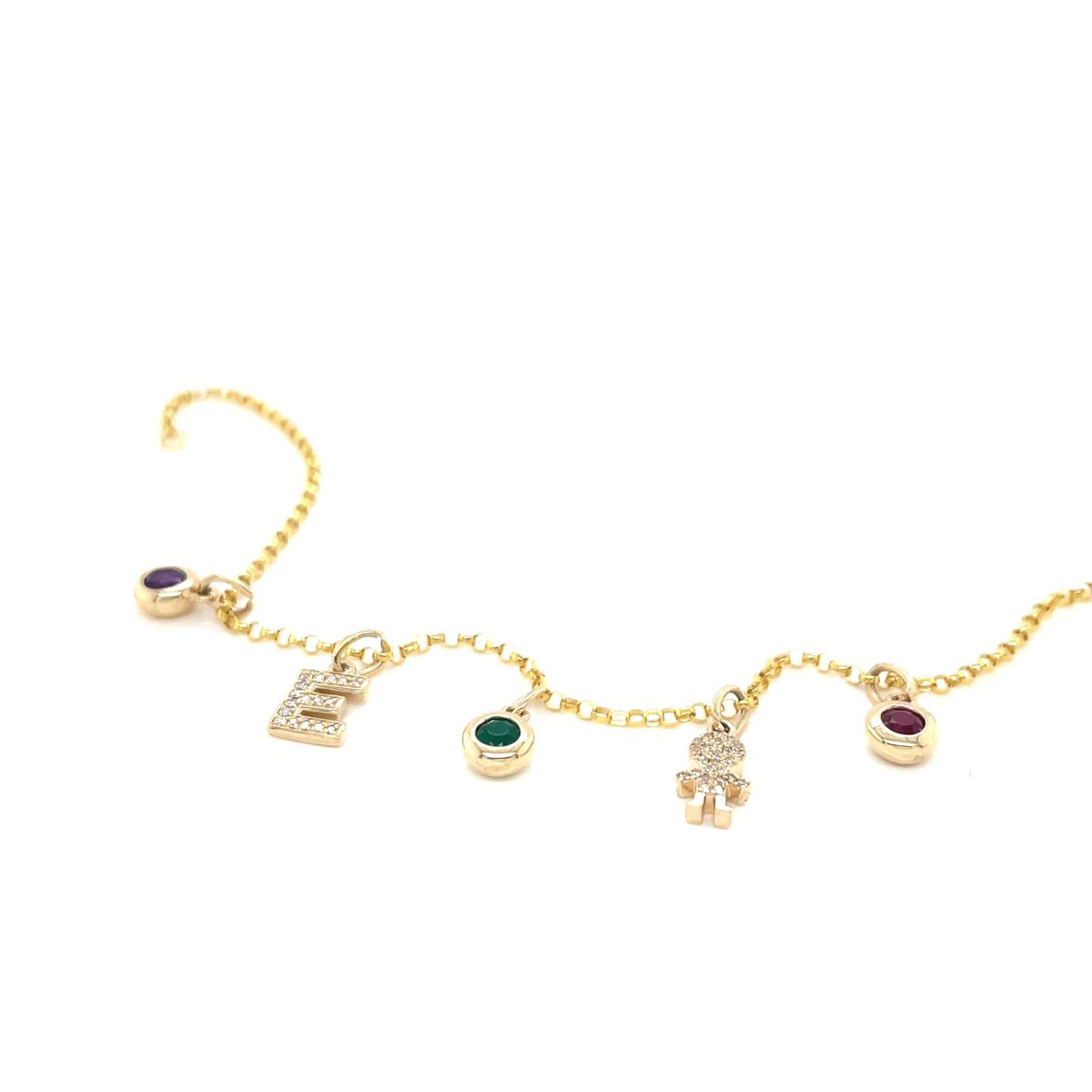

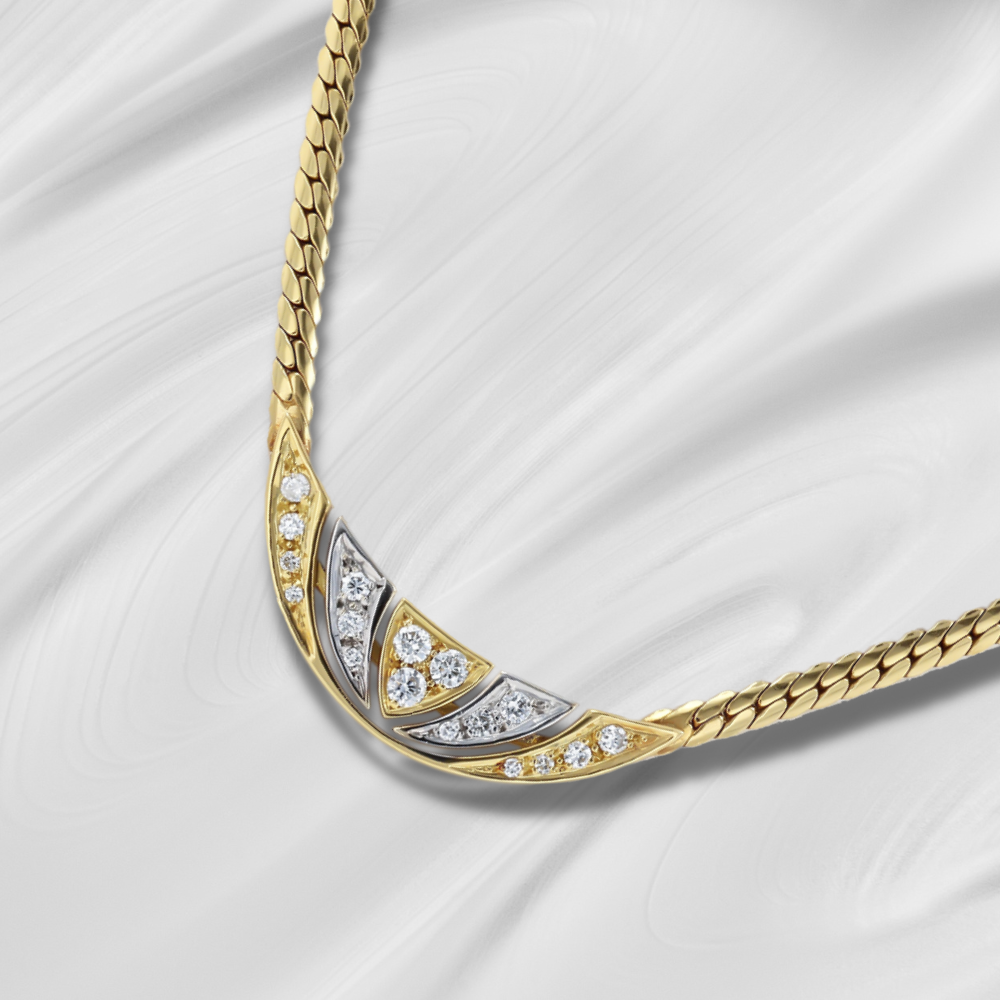

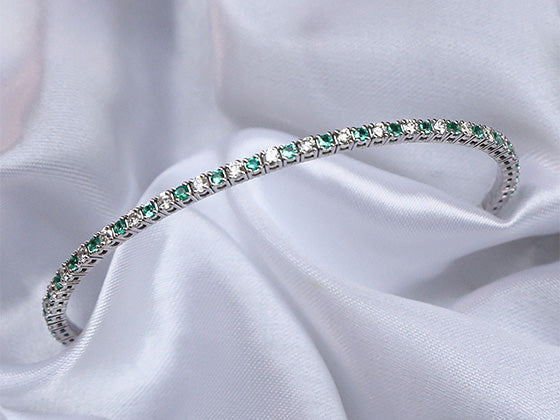

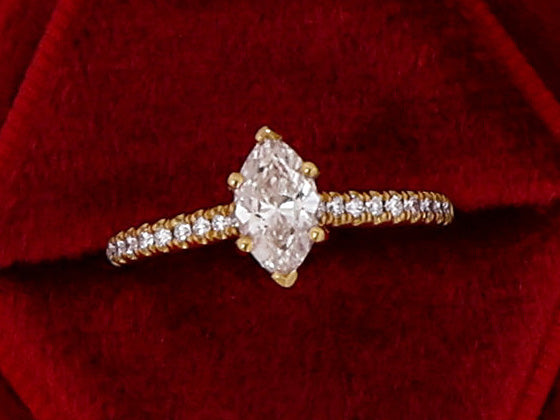
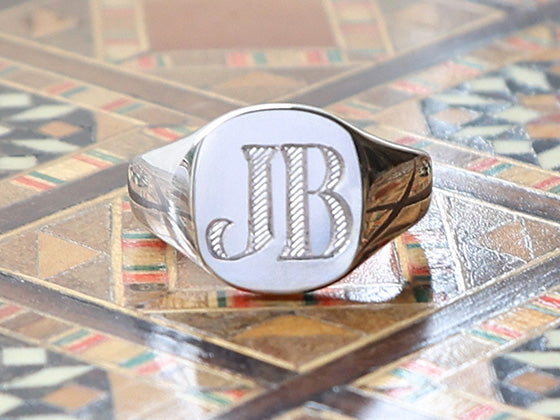
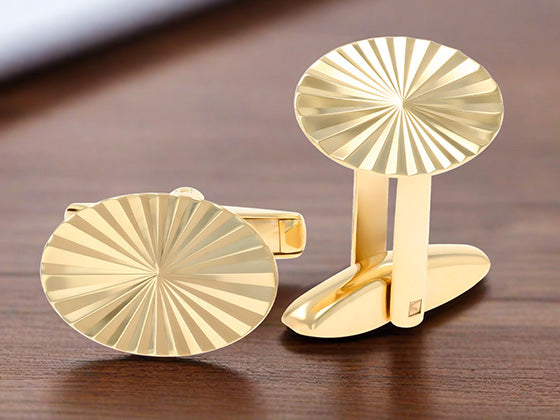
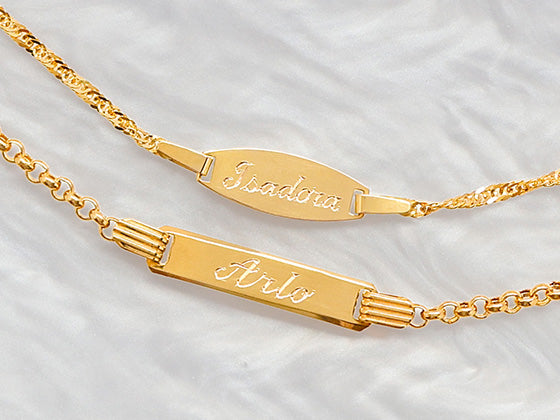
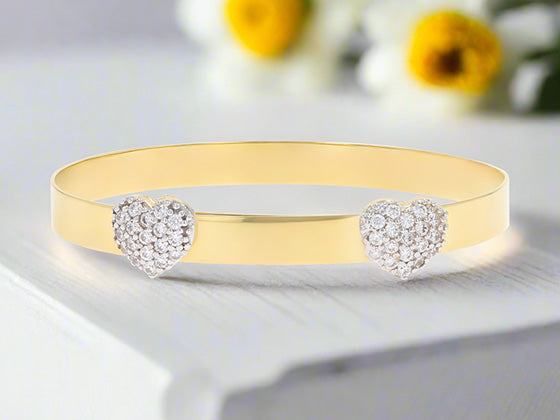
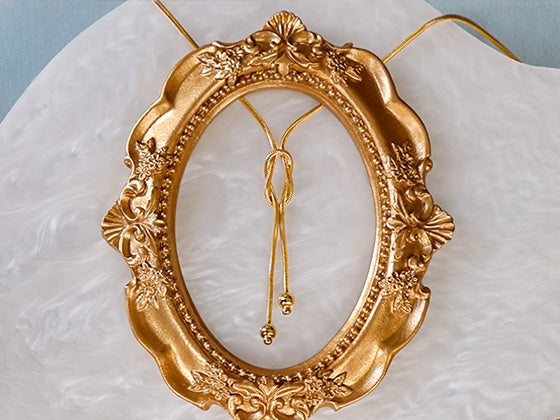
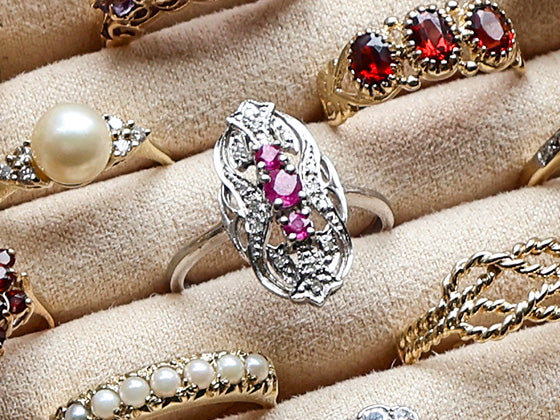
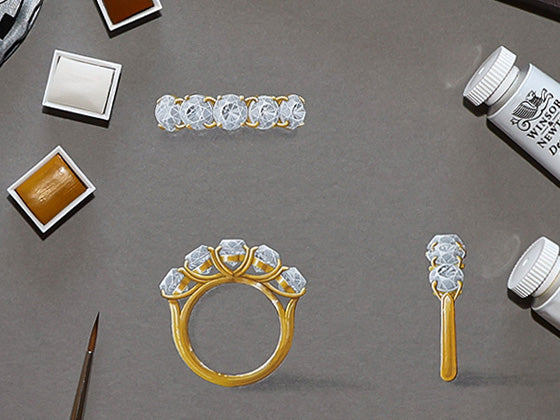
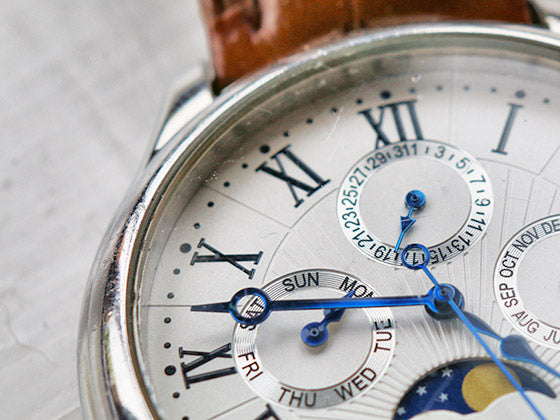
 Contact Us
Contact Us



